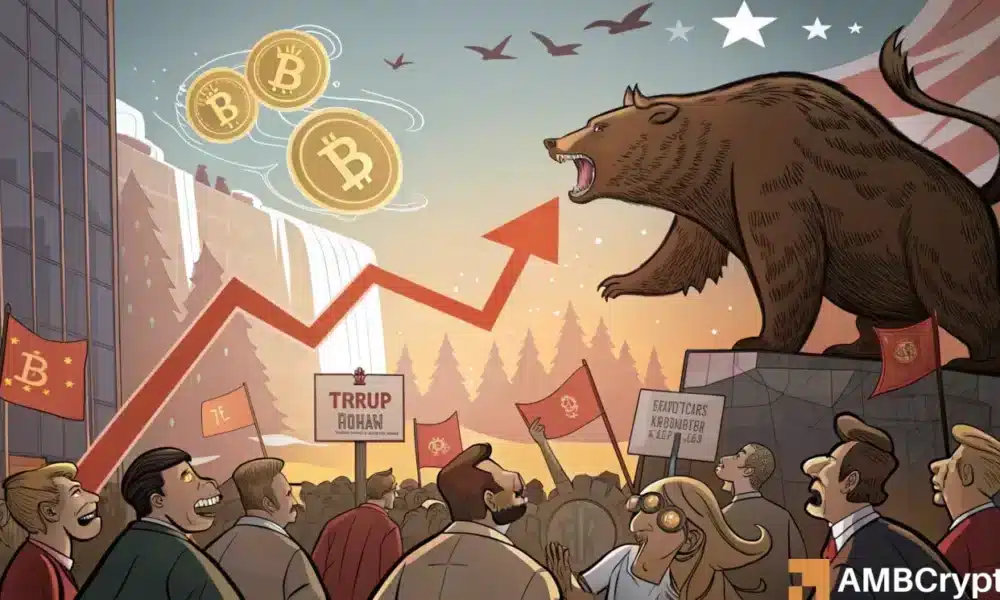On April 13, according to CoinDesk, analyst James Van Straten released a chart analysis saying that this round of market selloff caused by the uncertainty of Trump's tariff policy began on April 3. Since then, the market has continued to fluctuate violently, panic spread to stocks and bonds, gold prices soared to record highs, and the US dollar index (DXY) fell below the 100 mark for the first time since July 2023. The S&P Volatility Index (VIX) soared to its highest level since August last year, while the Bitcoin/VIX ratio hits a long-term trend line, which historical data shows often signal a bottom in Bitcoin price.
According to TradingView data, the current Bitcoin/VIX ratio has reached 1903 points, touching the long-term trend line. The trend line last came into effect in the market volatility period caused by closing positions in the yen arbitrage trading, when Bitcoin bottomed around $49,000. In fact, this is the fourth time that the ratio has hit the trend line and formed a market bottom: the same pattern appeared in the COVID-19 crisis in March 2020 and earlier in August 2015, and then the rising market began. If this trend line continues to play a reliable support role, it may mean that Bitcoin has once again established a long-term bottom.
















No comments yet